Antimicrobial Resistance: NAFDAC Seeks Joint Efforts To Curb Threat
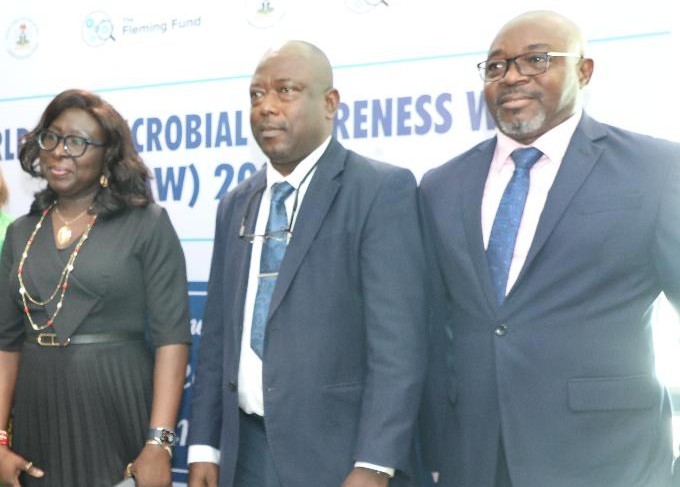
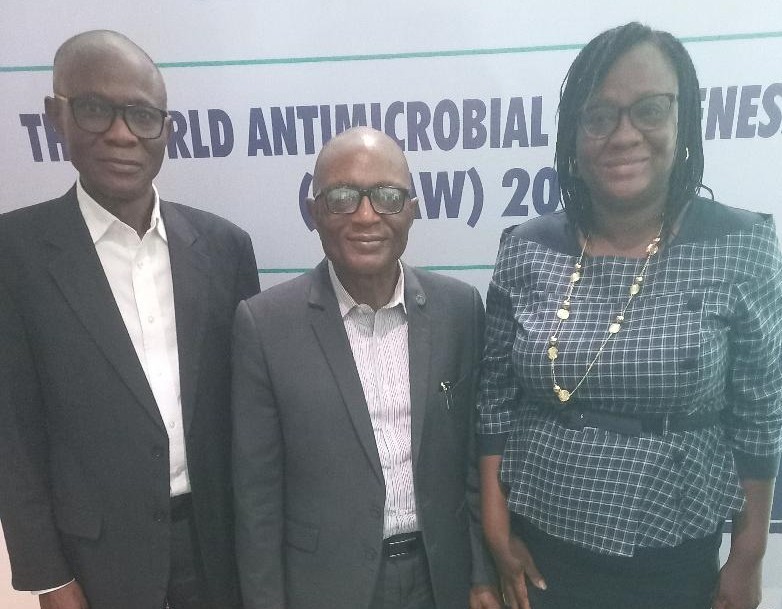
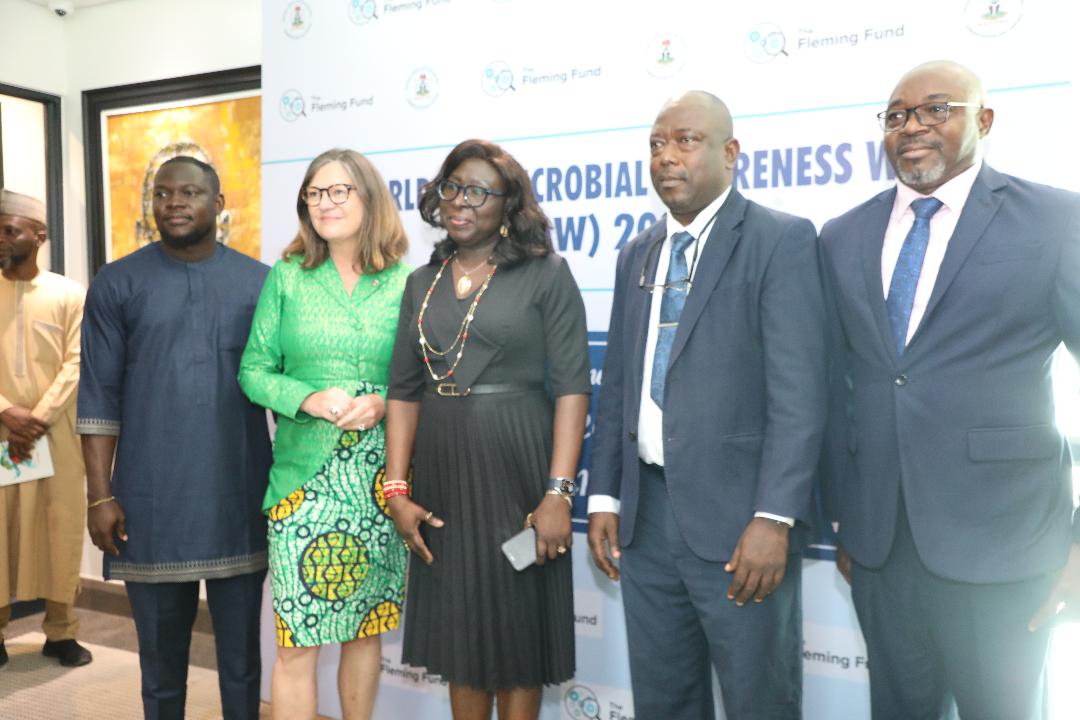




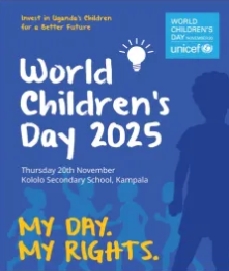

…. Rewards Officers with exceptional performances
By Winifred Bosa
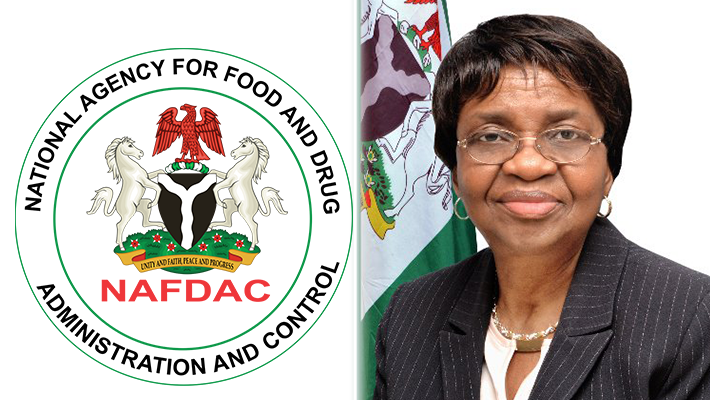
The Director General of National Agency for Food and Drug Administration and Control NAFDAC, Prof Mojisola Adeyeye has attributed the milestones achieved by the Agency to the collective effort and resilience of staff which resulted in achieving WHO Global Benchmarking Tool (GBT) re-benchmarking, becoming the first in Africa to sustain and maintain Maturity Level 3 (ML3) for medicines regulation.
According to a press release by Sayo Akintola, Resident Media Consultant NAFDAC, She noted that the extraordinary feat reaffirms Nigerias leadership in the global regulatory landscape.
Speaking at the 2024 NAFDAC Awards, Recognition & Retirement Ceremony on Monday in Lagos, Prof Adeyeye said the event was not only to celebrate milestones but to honour the beating heart of NAFDAC – the committed and hardworking staff, whose dedication, resilience, and professionalism continue to define and sustain our Agencys legacy of excellence.
Each year, she said the ceremony ‘gives us a moment to pause, reflect, and appreciate how far we have come as one NAFDAC family, noting that ‘our achievements are not the result of chance, but of collective diligence, sacrifice, and shared purpose.’
According to the DG, every report written, every inspection conducted, every risk mitigated, and every regulation enforced contributes to a healthier, safer Nigeria.
The highly elated Chief Executive Officer of NAFDAC, pointed out that our Agency, under your collective effort, achieved WHO Global Benchmarking Tool (GBT) re-benchmarking, becoming the first in Africa to sustain and maintain Maturity Level 3 (ML3) for medicines regulation.’
She explained that The Agency also achieved another world-first as the first National Regulatory Authority globally to be benchmarked for Medical Devices and In-Vitro Diagnostics (IVDs) toward ML3 attainment.
She maintained that these milestones were not achieved by leadership alone, they were powered by teams of committed professionals who gave their best each day to ensure that our processes met WHOs stringent standards.
In 2024, she disclosed that the Agency also commissioned the state-of-the-art edifice for the Vaccine, Biologics, Medical Devices and IVDs Registration and Regulatory Affairs Directorate.
It is an investment in science, technology, and the future of health regulation ‘and it stands as a symbol of our resolve to institutionalize sustainability and innovation.’
Furthermore, she stated that the Agency sustained ISO/IEC 17025:2017 Laboratory Accreditation and achieved ISO 9001:2015 Re-Certification, affirming its unbroken commitment to quality and international best practices.
‘This could only have been possible through the hard work and diligence of our quality managers, laboratory analysts, and administrative teams who ensure compliance and continuous improvement.’
In parallel, the NAFDAC boss emphasised that incorporation of NAFDAC into the Pharmaceutical Inspection Co-operation Scheme (PIC/S) as a Pre-Applicant in the Pre-Accession phase is a milestone that positions Nigeria among nations that uphold harmonized GMP standards globally, adding that this opens new frontiers for Nigerias pharmaceutical manufacturing sector, ‘and again, it was made possible by your professionalism and competence.’
Prof Adeyeye also stated that the Agency intensified its enforcement operations in partnership with the
Office of the National Security Adviser (ONSA), shutting down major open drug markets, confiscating falsified medicines and destroying substandard products, adding that these courageous actions saved countless lives and reaffirmed public confidence in our regulatory system. ‘The success of these operations speaks to the bravery and integrity of our enforcement teams across Nigeria, she said
‘No achievement can be sustained without human capital development. That is why, under the International Council on Harmonization (ICH) training programmes, staff across directorates received advanced capacity-building sessions on ICHQ1, ICHQ7, E6(R3) and M13 Bioequivalence Studies guidelines.
These trainings reflect our unwavering investment in you, our people, because a skilled and motivated workforce is NAFDACs greatest asset.’
The proven implementation of these guidelines and other requirements has resulted in invitation of NAFDAC by ICH to become a member of the prestigious organization.
According to her, the awardees recognition is proof to excellence, consistency, and passion for service, adding that they have raised the bar and set new standards for others to emulate.
Let this recognition inspire you and your colleagues to continue striving for innovation, diligence, and excellence in all you do.
To our retirees, today is both a celebration and a tribute. You have devoted years, some, decades of your lives to building this institution.
You have guided the next generation with patience, integrity, and wisdom. Your footprints are indelible in the history of NAFDAC. As you enter this new chapter of rest and reflection, please know that your legacy lives on in the systems, policies, and culture you helped to build.
‘The global health landscape continues to evolve, and we must evolve with it, remaining agile, science-driven, and people-centered in all we do. You are the pillars of NAFDACs success, the silent heroes whose everyday work safeguards the lives of millions of Nigerians.’
Speaking in same vein, Chairman, 2024 NAFDAC Awards, Recognition & Retirement Ceremony, Dr. Rametu Momodu said over the years, NAFDAC has remained a beacon of hope for Nigerians, safeguarding lives through diligence, vigilance, and science-driven regulation. Dr Momodu who also doubles as Director, VMAP, noted that each success story we tell today is built upon the unwavering commitment of staff who give their best, often beyond the call of duty.
‘Our awardees embody this spirit. You represent the finest qualities of the Agency, resilience, professionalism, and integrity. Your innovative thinking and pursuit of excellence have made an indelible impact, not only within our institution but across Nigerias public health ecosystem, she said.
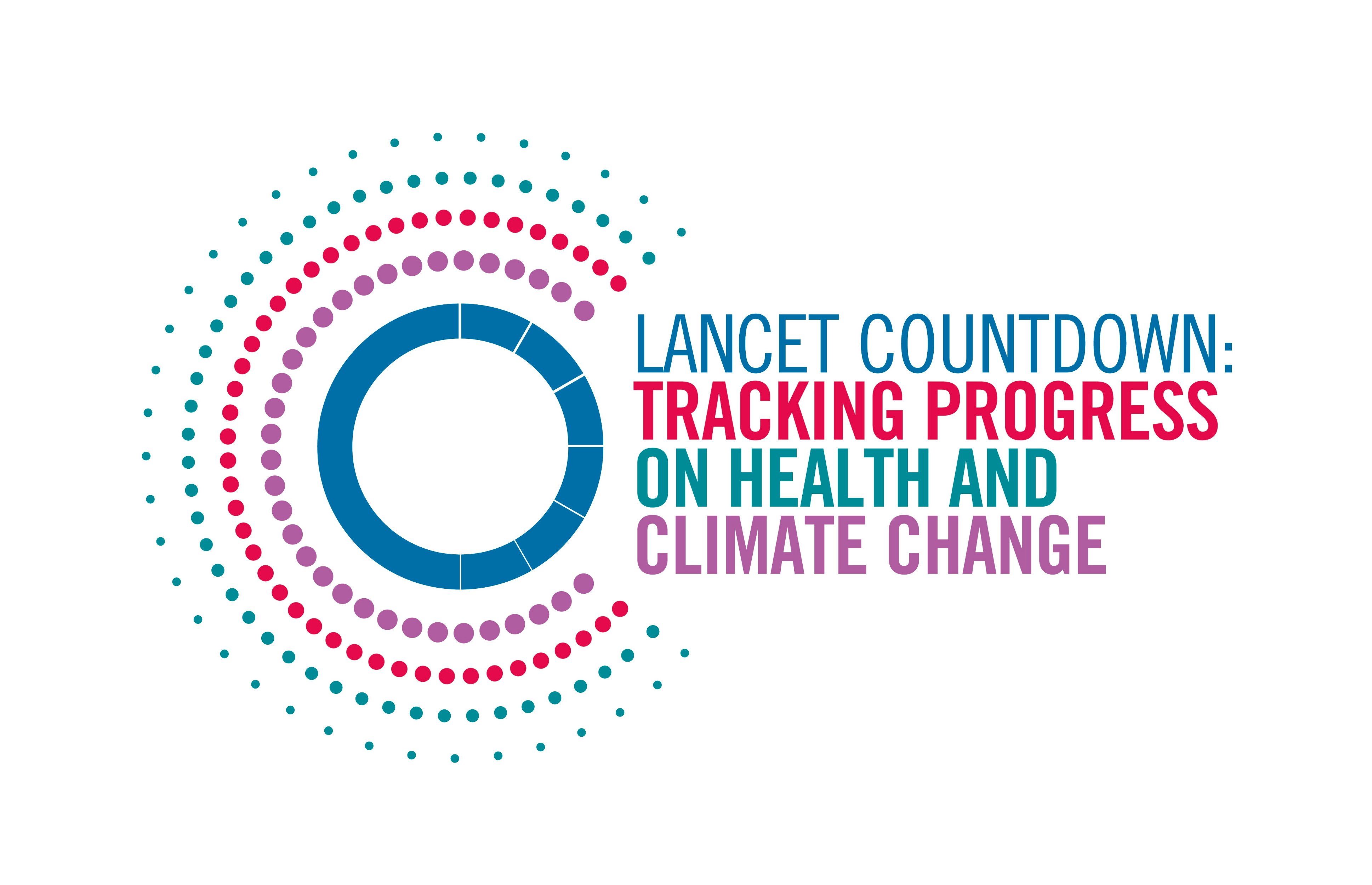 By Winifred Bosa
By Winifred Bosa
According to a press release by WHO , the 2025 report of the Lancet Countdown on Health and Climate Change, produced in collaboration with the World Health Organization (WHO), finds that 12 of 20 key indicators tracking health threats have reached record levels, showing how climate inaction is costing lives, straining health systems, and undermining economies.
“The climate crisis is a health crisis. Every fraction of a degree of warming costs lives and livelihoods,” said Dr Jeremy Farrar, Assistant Director-General for Health Promotion and Disease Prevention and Care at the World Health Organization. “This report, produced with WHO as a strategic partner, makes clear that climate inaction is killing people now in all countries. However, climate action is also the greatest health opportunity of our time. Cleaner air, healthier diets, and resilient health systems can save millions of lives now and protect current and future generations.”
Key findings from the 2025 Lancet Countdown report
• Rising heat-related deaths: The rate of heat-related mortality has increased 23% since the 1990s, pushing total heat-related deaths to an average 546 000 deaths per year. The average person was exposed to 16 days of dangerous heat in 2024 that would not have been expected without climate change, with infants and older adults facing a total of over 20 heatwave days per person, a fourfold increase over the last twenty years.
• Wildfire and drought impacts: Droughts and heatwaves were associated with an additional 124 million people facing moderate or severe food insecurity in 2023.
• Economic strain: Heat exposure caused 640 billion potential labour hours to be lost in 2024, with productivity losses equivalent to US$ 1.09 trillion. The costs of heat-related deaths among older adults reached US$ 261 billion.
• Fossil fuel subsidies dwarf climate finance: Governments spent US$ 956 billion on net fossil fuel subsidies in 2023, more than triple the annual amount pledged to support climate-vulnerable countries. Fifteen countries spent more subsidizing fossil fuels than on their entire national health budgets.
• Benefits of climate action: There were an estimated 160 000 premature deaths avoided every year between 2010 and 2022, from reduced coal-derived outdoor air pollution alone. Renewable energy generation reached a record 12% of global electricity, creating 16 million jobs worldwide. Two-thirds of medical students received education in climate and health in 2024.
“We already have the solutions at hand to avoid a climate catastrophe – and communities and local governments around the world are proving that progress is possible. From clean energy growth to city adaptation, action is underway and delivering real health benefits – but we must keep up the momentum,” said Dr Marina Romanello, Executive Director of the Lancet Countdown at University College London. “Rapidly phasing out fossil fuels in favour of clean renewable energy and efficient energy use remains the most powerful lever to slow climate change and protect lives. At the same time, shifting to healthier, climate-friendly diets and more sustainable agricultural systems would massively cut pollution, greenhouse gases and deforestation, potentially saving over ten million lives a year.”
Health-promoting climate action
While some governments have slowed their climate commitments, the report shows that cities, communities and the health sector are leading the way. Nearly all reporting cities (834 of 858) have completed or plan to complete climate risk assessments. The energy transition is delivering cleaner air, healthier jobs, measurable economic growth and inward investment.
The health sector itself has shown impressive climate leadership, with health-related greenhouse gases (GHG) emissions falling 16% globally between 2021 and 2022, while improving care quality.
Data submitted by WHO show that a growing number of health systems are assessing risks and preparing for the dangerous future that’s coming. Fifty-eight% of Member States have completed a health Vulnerability and Adaptation assessment and 60% have completed a Health National Adaptation Plan.
Looking ahead to COP30: placing health at the centre of climate action
As the world prepares for COP30 in Belém, Brazil, the findings of the 2025 Global Report of the Lancet Countdown provide a key evidence base for accelerating health-centered climate action. WHO will build on this momentum through the forthcoming COP30 Special Report on Climate Change and Health, a collaborative effort highlighting the policies and investments needed to protect health, equity, and deliver the Belém Action Plan that is the expected landmark outcome of COP30.
The Lancet Countdown on Health and Climate Change was established in partnership with Wellcome, which continues to provide core financial support. The Lancet Countdown is led by University College London, in partnership with WHO and 71 academic institutions and UN agencies worldwide. Now in its ninth year, the report provides the most comprehensive assessment of the health impacts of climate change and the co-benefits of urgent action, ahead of COP30 in Brazil.

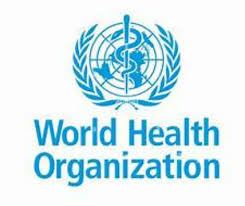 By Winifred Bosa
By Winifred Bosa
As was contained in a press release by WHO , the WHO FCTC is the first treaty negotiated under the auspices of WHO and one of the most widely and rapidly embraced United Nations treaties in history. A total of 183 Parties have joined the Convention, which entered into force 20 years ago.
The Eleventh session of the COP, which will be held from 17-22 November in Geneva, Switzerland, will bring together Parties to the Convention to take the decisions necessary to work towards achieving the objectives of the WHO FCTC, including the discussion of measures to prevent nicotine addiction, and for the protection of the environment and human health, among others.
The Meeting of the Parties (MOP), which will take place in Geneva, Switzerland from 24-26 November, serves as the governing body of the Protocol to Eliminate Illicit Trade in Tobacco Products—an international treaty that entered into force in 2018 and has 71 Parties. At the MOP, Parties will consider a range of measures aimed at shaping the future of the Protocol and its role in eliminating illicit trade in tobacco products.
“With strategies varying from lobbying to outright attempts to manipulate delegations, the tobacco industry’s tactics are a cause for serious concern,” said Andrew Black, Acting Head of the Secretariat of the WHO FCTC.
“This is not just lobbying; it is a deliberate strategy to try to derail consensus and weaken measures to further the treaty’s implementation. Tobacco industry interference is one of the biggest constraints and barriers to the implementation of the Convention. The Secretariat strongly urges Parties, civil society and other stakeholders working to support tobacco control to remain vigilant against the industry’s tactics and misinformation. Governments have obligations under the WHO FCTC to fully implement Article 5.3, requiring the protection of public health policies from the commercial and other vested interests of the tobacco industry.”
Evidence from independent civil society actors, including those that are observers to the Conference of the Parties, shows the industry’s interference includes:
Political capture: Attempting to place sympathetic actors in national delegations or influence their selection to sway negotiations.
Front groups and “independent” voices: Industry-funded organisations posing as trade, science, or consumer groups to lobby delegations.
Co-opting science: Sponsoring or promoting misleading research to cast doubt on proven tobacco control measures.
Economic narratives: Pressuring finance and trade ministries with misleading claims about jobs, farming, and tax revenues.
Access infiltration: Attempting to gain observer status or participate in COP-related events to influence discussions.
These tactics mirror those documented in the Global Tobacco Industry Interference Index, which reports on tobacco industry interference globally.
The WHO FCTC Secretariat urges all Parties to:
Fully implement Article 5.3 of the WHO FCTC and its Guidelines for implementation, covering all branches of government from tobacco industry influence.
Protect COP from the commercial and other vested interests of the tobacco industry in line with Objective 3.1.3 of the Global Strategy to Accelerate Tobacco Control: Advancing sustainable development through the implementation of the WHO FCTC 2019-2030, including during the preparation of country delegations.
Ensure their COP and MOP delegations do not include tobacco industry or tobacco industry-affiliated persons.
Reject any industry-linked funding or partnerships, including for COP and MOP activities or national delegations.
Educate non-health ministries on industry tactics and Article 5.3 obligations.
Use available monitoring tools like the Global Tobacco Industry Interference Index to detect interference.
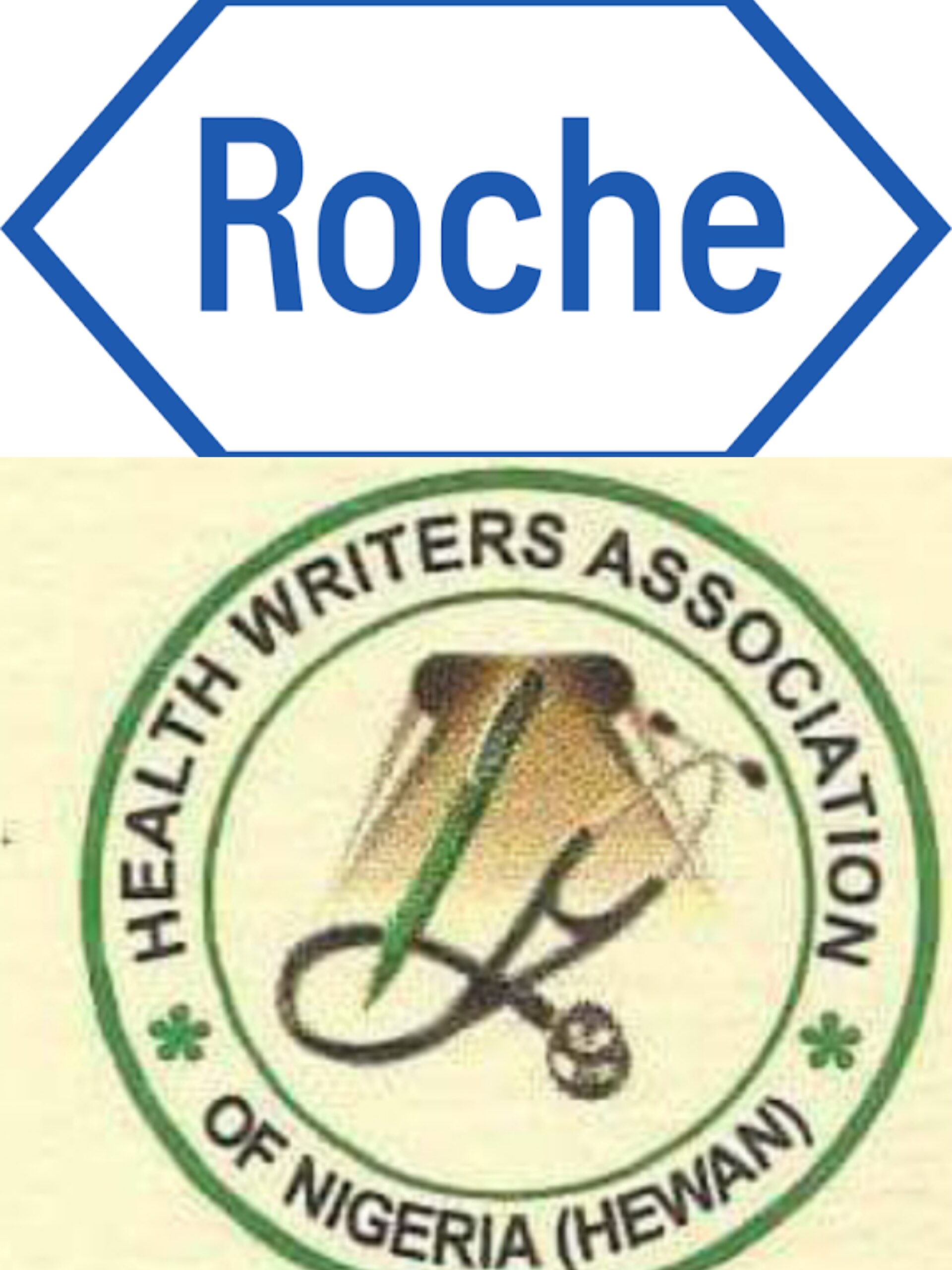

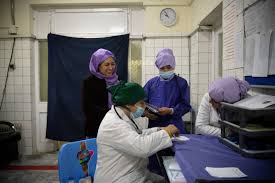 Through landmark new guidelines released , leading reproductive health agencies are calling for a major shift in how postpartum haemorrhage (PPH) is prevented, diagnosed and treated.
Through landmark new guidelines released , leading reproductive health agencies are calling for a major shift in how postpartum haemorrhage (PPH) is prevented, diagnosed and treated.
Defined as excessive bleeding after childbirth, PPH affects millions of women annually and causes nearly 45 000 deaths, making it one of the leading causes of maternal mortality globally. Even when not fatal, it can lead to lifelong physical and mental health impacts, from major organ damage to hysterectomies, anxiety and trauma.
“Postpartum haemorrhage is the most dangerous childbirth complication since it can escalate with such alarming speed. While it is not always predictable, deaths are preventable with the right care,” said Dr Jeremy Farrar, Assistant Director-General for Health Promotion and Disease Prevention and Care. “These guidelines are designed to maximize impact where the burden is highest and resources are most limited – helping ensure more women survive childbirth and can return home safely to their families.”
New diagnostic criteria for rapid action
Published by the World Health Organization (WHO), the International Federation of Gynecology and Obstetrics (FIGO) and the International Confederation of Midwives (ICM), the guidelines introduce new objective diagnostic criteria for detecting PPH, based on the largest study on the topic to date – also published today in The Lancet.
Many PPH cases occur without identifiable risk factors, meaning early detection and rapid response is critical. Yet in many settings, especially where healthcare resources and labour wards are overstretched, delays in treatment result in devastating consequences.
Typically, PPH has been diagnosed as a blood loss of 500 mL or more. Now, clinicians are also advised to act when the blood loss reaches 300 mL, and any abnormal vital signs have been observed. To diagnose PPH early, doctors and midwives are advised to monitor women closely after birth and use calibrated drapes – simple devices that collect and accurately quantify lost blood – so that they can act immediately when criteria are met.
The guidelines recommend the immediate deployment of the MOTIVE bundle of actions once PPH has been diagnosed. This includes:
Massage of the uterus;
Oxytocic drugs to stimulate contractions;
Tranexamic acid (TXA) to reduce bleeding;
Intravenous fluids;
Vaginal and genital tract examination; and
Escalation of care if bleeding persists.
In rare cases where bleeding continues, the guidelines also recommend effective interventions such as surgery or blood transfusion to safely stabilize a woman’s condition until further treatment becomes available.
“Women affected by PPH need care that is fast, feasible, effective and drives progress towards eliminating PPH-related deaths,” said Professor Anne Beatrice Kihara, President of FIGO. “These guidelines take a proactive approach of readiness, recognition and response. They are designed to ensure real-world impact – empowering health workers to deliver the right care, at the right time, and in a wide range of contexts.”
Reducing risks through effective prevention
The guidelines emphasize the importance of good antenatal and postnatal care to mitigate critical risk factors such as anaemia, which is highly prevalent in low- and lower-middle income countries. Anaemia increases the likelihood of PPH and worsens outcomes if it occurs. Recommendations for anaemic mothers include daily oral iron and folate during pregnancy and intravenous iron transfusions when rapid correction is needed, including after PPH, or, if oral therapy fails.
The publication also discourages unsafe practices such as routine episiotomies while promoting preventive techniques like perineal massage in late pregnancy, so as to reduce the likelihood of trauma and severe bleeding after birth.
During the third stage of labour, the guidelines recommend administering a quality-assured uterotonic to support uterine contraction, preferably oxytocin or heat-stable carbetocin as an alternative. If intravenous options are not available and the cold chain is unreliable, misoprostol may be used as a last resort.
“Midwives know first-hand how quickly postpartum haemorrhage can escalate and cost lives,” said Professor Jacqueline Dunkley-Bent OBE, ICM’s Chief Midwife. “These guidelines are a game-changer. But to end preventable deaths from PPH, we need more than evidence and protocols. We call on governments, health systems, donors, and partners to step up, adopt these recommendations, adopt them quickly, and invest in midwives and maternal care so that postpartum haemorrhage becomes a tragedy of the past.”
The guidelines are accompanied by a suite of training and implementation resources, developed with partners including UNFPA. These tools consist of practical modules for frontline health workers, national-level guides for introducing new practices, and simulation-based training to strengthen emergency response.
These consolidated guidelines–the first to uniquely focus on PPH–are being launched at the 2025 FIGO World Congress in Cape Town, South Africa. They are a crucial step in the implementation of the Global Roadmap for Combatting PPH between 2023 and 2030.